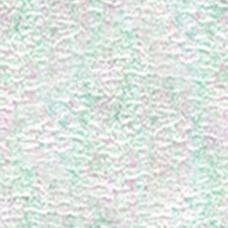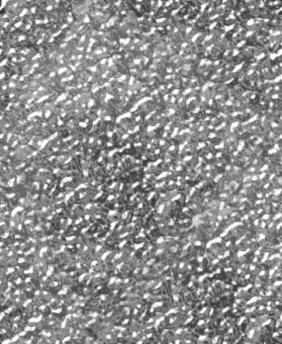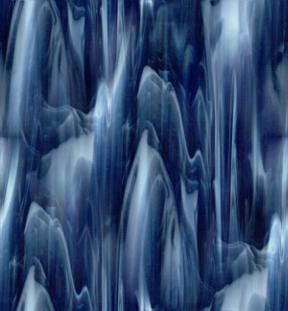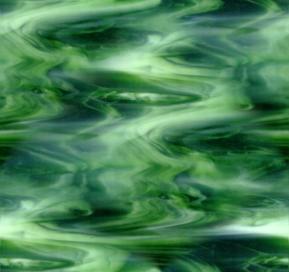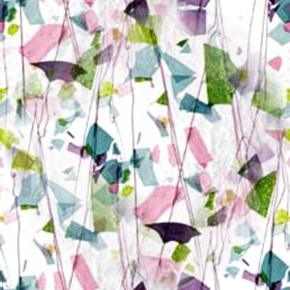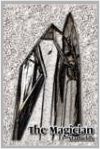Glass Seamless Background Tile
Picture 7
Glass, Stained Glass
Background 1
* I completely LOVE stained and cut glass - all glass, in
fact. So and without making excuses for why I'm adding this
article to this background gallery, here is also:
Cut Glass And Glass Blowing History And Development
Cut Glass And Glass Blowing History And Development
Author: James Zeller
Cut glass and glass blowing production came from ancient
techniques and were gradually refined over the ages. Cut glass
objects were used as commodities, gifts, and jewellery in past
millennia. Today exquisite cut crystal is sought after for its
heirloom qualities and gifting allure.
Natural glass, like obsidian, is a dense volcanic glass, and
has been used by man for millennia. To early man, obsidian
glass was an extremely rare and valuable commodity, Because of
the way volcanic glass fractures, sharp edges occur. This
inherent quality of natural cut glass was put to use and was
often made into sharp spear points and blades.
Man-made rudimentary glass was made from silica sand, plant ash
and lime. Over time it was discovered that if glass was heated
until it became semi-liquid, it may be molded or shaped and
left to cool into a solid new piece or vessel. In ancient times
glass pieces were valued as a substitute for precious stones,
gems, and gifts.
During first century BC, the craft of melting and blowing glass
into useable objects was developed. Glass pieces and items
gradually became more common after the discovery of
glassblowing. Objects such as vases, bottles, and cruets were
mouth blown and mold blown during the Roman Empire, usually for
ordinary purpose and daily use.
Common glass normally has a greenish hue. The green tint is
caused by miniscule amounts of iron impurities in the sand used
to make glass. Glass producers learned to make decorative and
colored glass by adding metallic compounds and mineral oxides
such as cobalt. Colored glass of reds, blues and greens became
prevalent. After craftsmen learned to score and cut glass, they
found clear glass refracted light in spectacular fashion. Thus,
clear cut glass became popular, and demand for colored glass
plummeted.
Around 1000 AD, a new development was made in glassmaking. The
glass making component of soda-lime, was replaced by potash
obtained from wood ashes. From this time on, glass from the
northern part of Europe differed greatly from that made in the
Mediterranean area, where soda-lime remained in common use.
Centuries later in Bohemia, ashes from beech trees were used.
The production of Bohemian “forest glass” was progressively
refined over the years.
During the 11th century new ways of making sheet glass came
about in Germany. Glass blowers would blow spheres, and then
form them into cylinders. They would cut the glass while still
hot and then flatten the glass into sheets. Glass makers in
Venice, Italy improved this method in 13th century. By the late
1300’s there was as many as 20 glassworks in Bohemia and
Moravia. The 12th century saw the arrival of stained glass
production. Stained glass, another form of colored glass, was
made by adding metal impurities. Church and monastery
applications of stained glass can be traced back to examples
that remain today, i.e. St. Bartholomew church in Kolin. A
glass wall mosaic is preserved there from around 1380.
Venice became the dominant center for glassmaking during the
14th century. Here new glass making methods were developed and
export trade such as mirrors, tableware, and decanters
flourished. Secrets of glass making were highly guarded in
Venice, but eventually glass workers moved to other areas of
Europe taking their knowledge and skill with them. As ornate
glassworks became more popular, Royalty began ordering
decorative glass articles to be made, to give as gifts of
distinction for occasions.
A technique called “the Crown glass process” was used to make
glass until the mid part of the 1800s. A glassblower would spin
around 9 lbs of molten glass at the end of a rod until it spread
out into a flat disk nearly 5 feet across. The glass disk would
then be cut into panes. Glass from Venice was highly prized for
over four centuries as they managed to keep this technique
secret. In 1688, a method for casting glass was invented. This
led to glass and glass panes in becoming a much more common
material. The glass pressing machine was invented in 1827 and
facilitated mass production of relatively inexpensive glass
items. The glass pioneer, William J. Blenko, is recognized as
first glass producer in America to use the cylinder method of
creating flat glass by the 1920s.
The Bohemian countries of Czech and Slovakia are still known
today as two of the finest cut glass and cut crystal producers
in the world.
|







